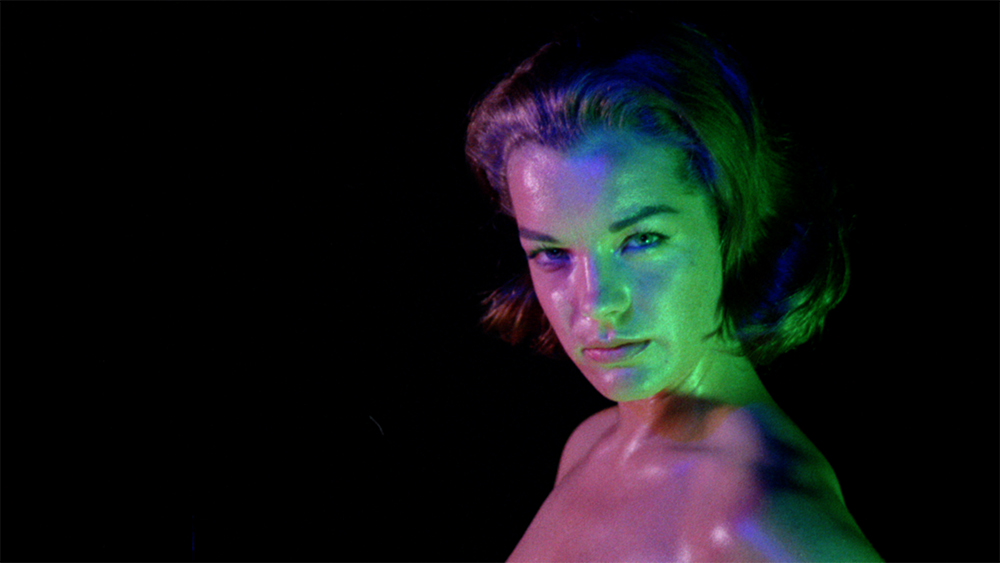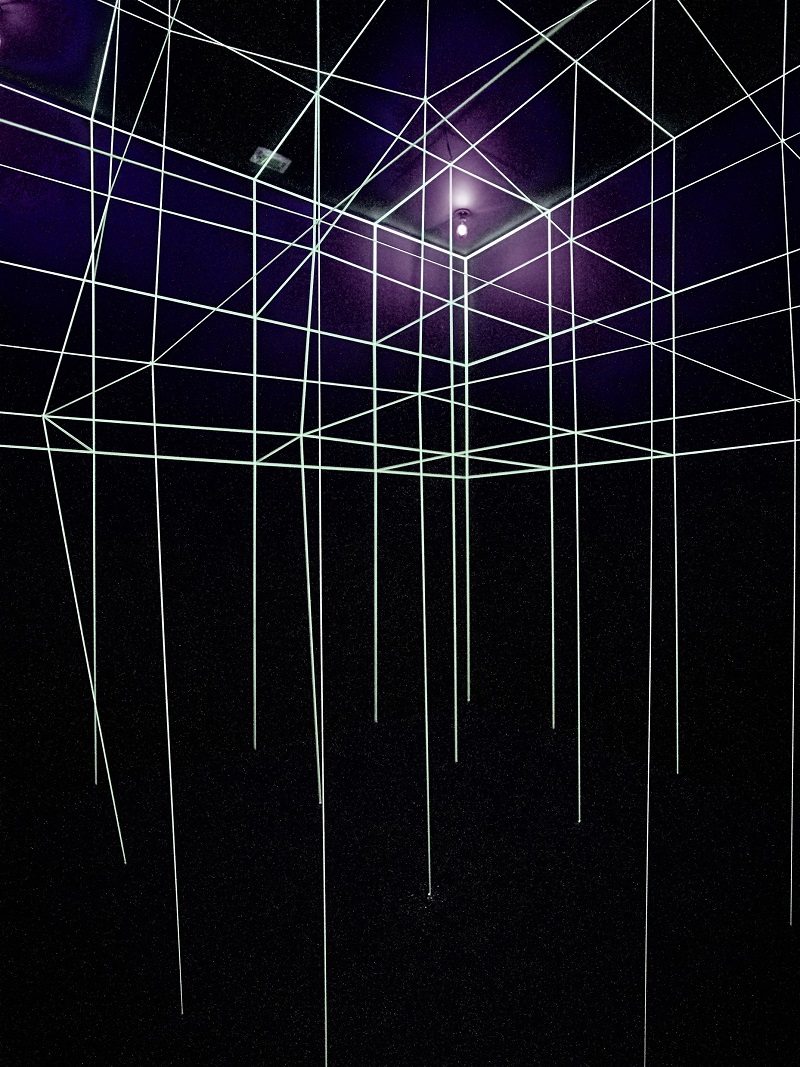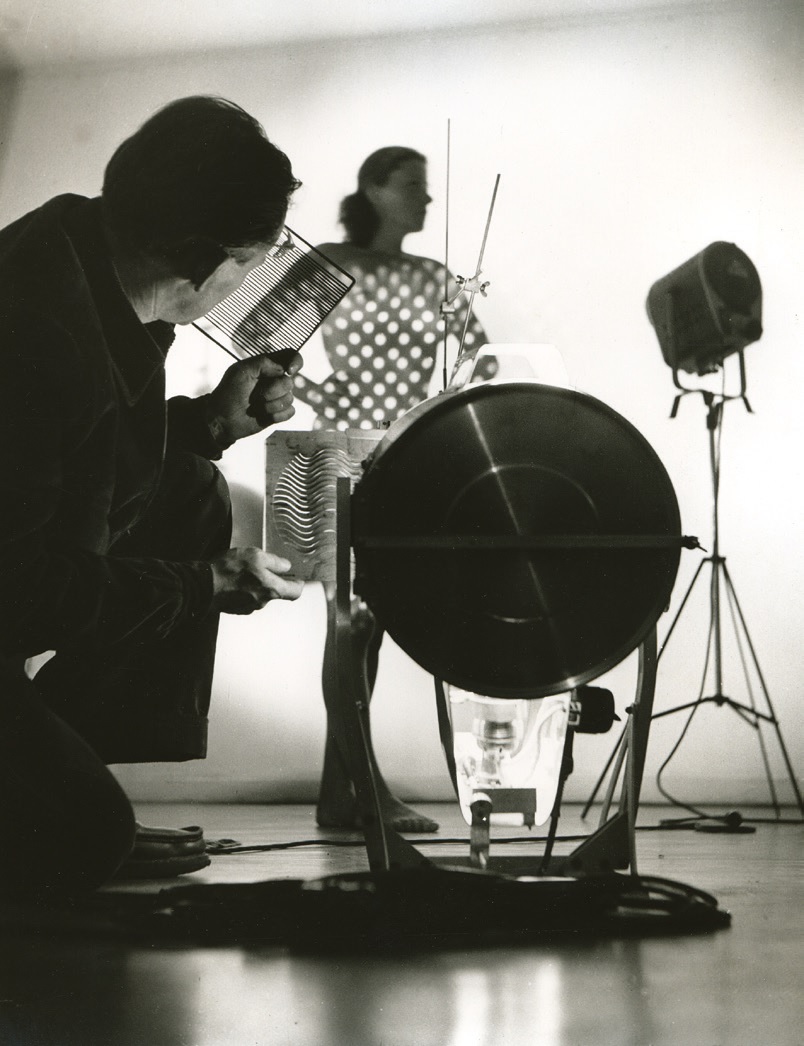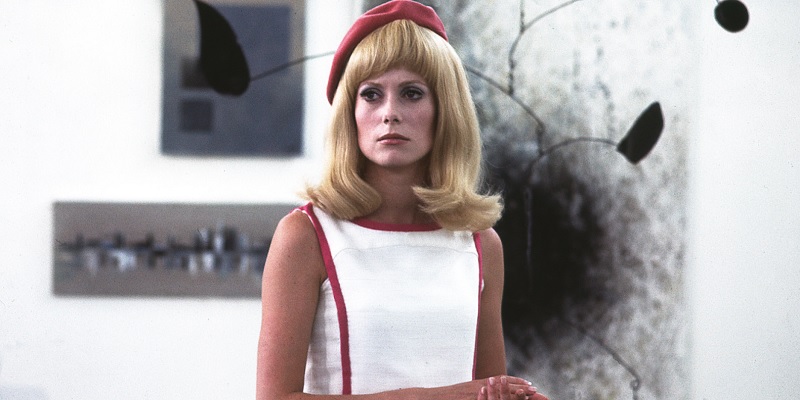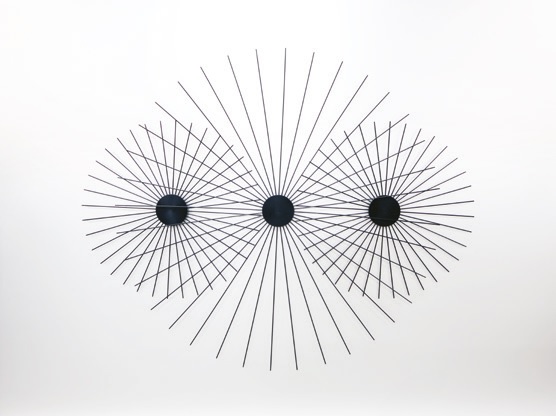In the early 1960s, kinetic art established itself in Europe with a double principle: destabilising perception and democratising art. Optical illusion paintings, reliefs with light and motion, and disorientating environments shake perception. Christened “Op Art” in 1964, this avant-garde art was met with resoundingly popularity and success, so much so that it was commandeered in entirely new ways. While the advertising agencies, designers and major fashion house seized its intoxicating shapes, cinema gave Op Art an unexpected angle. An art of movement and of light, it was both a predecessor, able to sublimate its visual games, and a follower, which seeks to plunder it through its desire for modernity. From dramas to thrillers, filmmakers and decorators drew a language and themes from it, producing a whole range of “re-uses” in the scenery and the plot – scenes of hoaxes and dread, sadistic characters or zany improvisers, but also extreme experiences: scenes of hallucination, psychosis.
Exhibition immersed the visitor in this passionate story between two arts, punctuated by mockery and misunderstanding, reciprocal sublimation, pop or baroque manifestations as well as collaborations and plagiarism. Through nearly 30 films, 150 works and documents, it explored the origin and the taboos of this predatory fascination, and considers what cinema revealed to Op Art of its own nature. In such, it released the spirit of a decade ruffled by modernity, thirsting for emancipation and haunted by the ghosts of the war. This era, full of contradictions, created a completely new aesthetic culminating in the fruitful friction between the visual arts and the cinema. Devil in the flesh, When Op Art electrified the film world is on view through September 29 at MAMAC 1 Place Yves Klein, Nice. photographs courtesy of MAMAC

